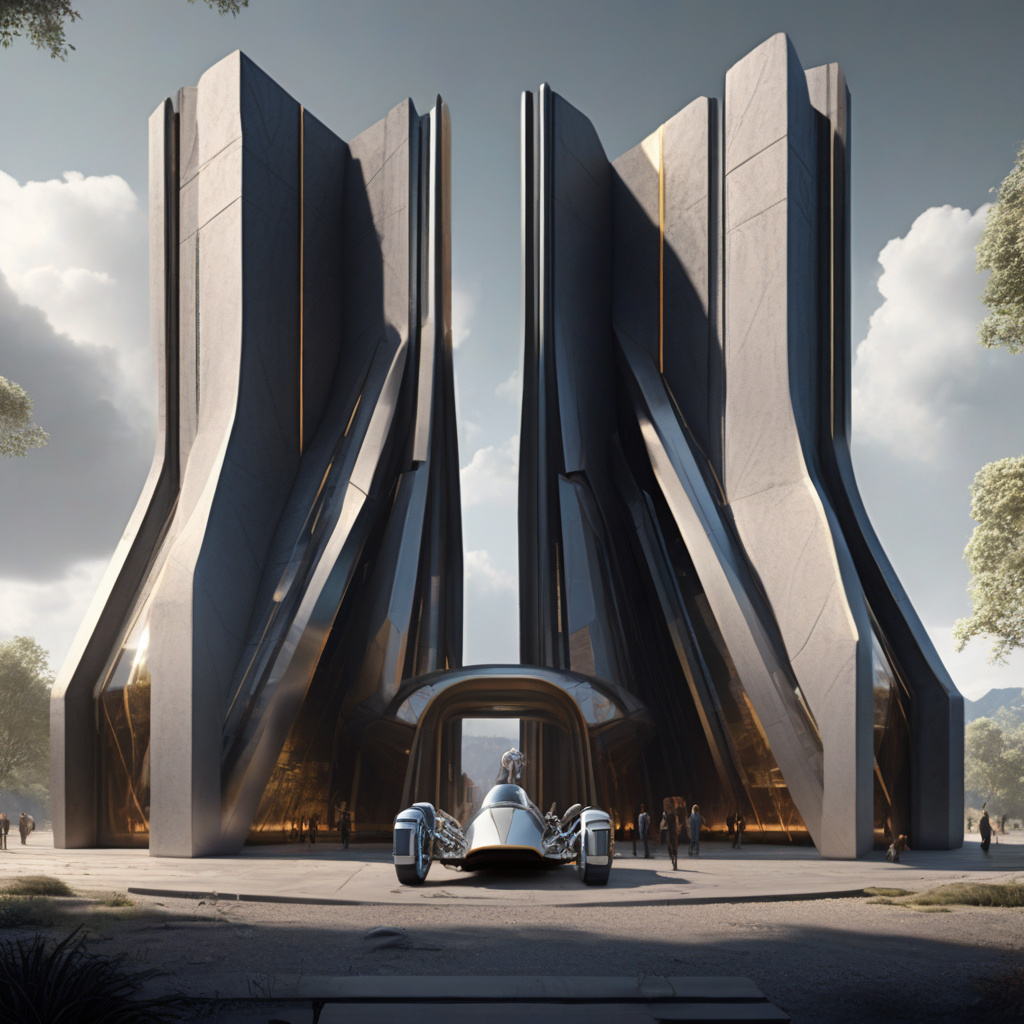Title: Monoliths, REST, and Spring Boot Sidecars: A Real Modernization Playbook
In the fast-paced world of IT, the buzz of modernization often conjures images of complete overhauls and radical transformations. However, the reality is far more nuanced. The true essence of modernization lies in the delicate dance between legacy systems and cutting-edge technologies. It’s where the tried-and-true monoliths coexist with lightweight REST APIs, and where Spring Boot sidecars complement traditional architectures.
Amidst the intricate tapestry of technology, one must acknowledge that modernization isn’t just a technical endeavor—it’s a strategic journey that requires meticulous planning and execution. This is particularly evident in industries with stringent regulations such as healthcare, government, and labor systems. Here, the stakes are high, and any misstep can have profound implications.
When it comes to modernizing legacy systems, the prevailing wisdom dictates that starting from scratch is often neither feasible nor practical. Rewriting everything from the ground up is a monumental task that entails significant risks and costs. Instead, the focus should be on incremental improvements and strategic interventions that pave the way for a seamless transition to a more agile and efficient infrastructure.
This is where the power of REST comes into play. Representational State Transfer (REST) has emerged as a cornerstone of modern application development, offering a lightweight and flexible approach to building APIs that can seamlessly integrate with existing systems. By embracing REST principles, organizations can unlock the potential of their legacy monoliths and extend their functionality to meet the evolving demands of the digital landscape.
In parallel, the concept of Spring Boot sidecars has gained traction as a pragmatic solution for modernizing monolithic applications. By deploying lightweight, containerized sidecar processes alongside existing monoliths, organizations can introduce new functionalities without disrupting the core system. This hybrid approach allows for a gradual migration towards microservices architecture while leveraging the stability of the existing infrastructure.
The beauty of incorporating sidecars into the modernization playbook lies in its ability to bridge the gap between legacy systems and modern technologies. Sidecars act as enablers, facilitating communication between disparate components and ensuring a smooth transition towards a more modular and scalable architecture. This symbiotic relationship between monoliths and sidecars exemplifies the essence of modernization—a harmonious blend of tradition and innovation.
Moreover, modernization isn’t just about technical upgrades; it also involves navigating the complex landscape of organizational dynamics and stakeholder interests. In industries like healthcare, where compliance and security are paramount, any modernization effort must align with regulatory requirements and industry best practices. This necessitates a careful negotiation process that balances technical advancements with regulatory constraints.
In conclusion, the path to modernization is not a one-size-fits-all approach. It requires a nuanced understanding of the existing ecosystem, a strategic vision for the future, and a pragmatic roadmap that embraces both continuity and change. By embracing the synergy between monoliths, REST, and Spring Boot sidecars, organizations can embark on a modernization journey that is not just about technology, but about transformation in its truest sense.

